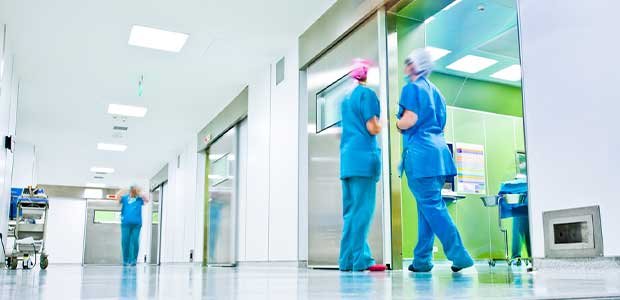
Environmental Sampling for Infection Control at Health Care Facilities
An environmental sampling program can be a valuable tool in reducing risk.
- By Gregory Boothe
- Sep 01, 2022
Nosocomial infections are infections that are acquired while at a health care facility and are not present at the time of admission. Nosocomial infections are many times also called hospital acquired infections (HAI).
The Centers for Disease Control and Prevention (CDC) estimates that one in 31 hospital patients and one in 43 nursing home residents has an HAI on any given day. This translates to approximately 2,000,000 HAIs per year in the U.S. The latest CDC estimate for overall direct costs related to HAIs was $35.7 billion to $45 billion.
Most health care facilities established infection control programs decades ago to reduce the incidence of HAIs. The size of the infection control programs varies depending on the size of the facility. Many larger facilities will have a physician and multiple nurses whose primary responsibility is infection control. Smaller facilities may only have one physician or nurse tasked with infection control.
A question that is often asked is when environmental sampling should be performed as part of an infection-control program and what types of samples should be used. The CDC does not recommend “random, undirected sampling.” However, the guidelines do contain recommendations for targeted sampling for defined purposes. The CDC mentions four specific reasons for targeted sampling:
To support an investigation of an outbreak of infections.
- For well-designed and controlled research.
- To monitor a potentially hazardous environmental condition, confirm the presence of a potentially hazardous chemical or biological agent and evaluate the successful abatement of the condition.
- For quality assurance to evaluate changes in the infection-control practices at a facility.
This article originally appeared in the September 1, 2022 issue of Occupational Health & Safety.